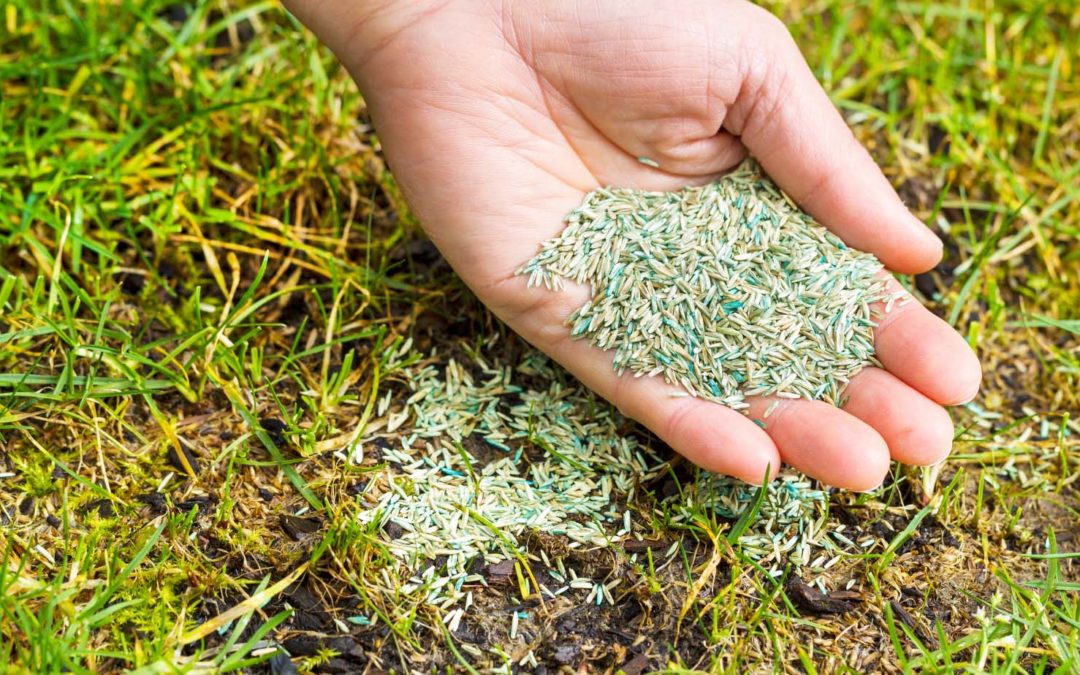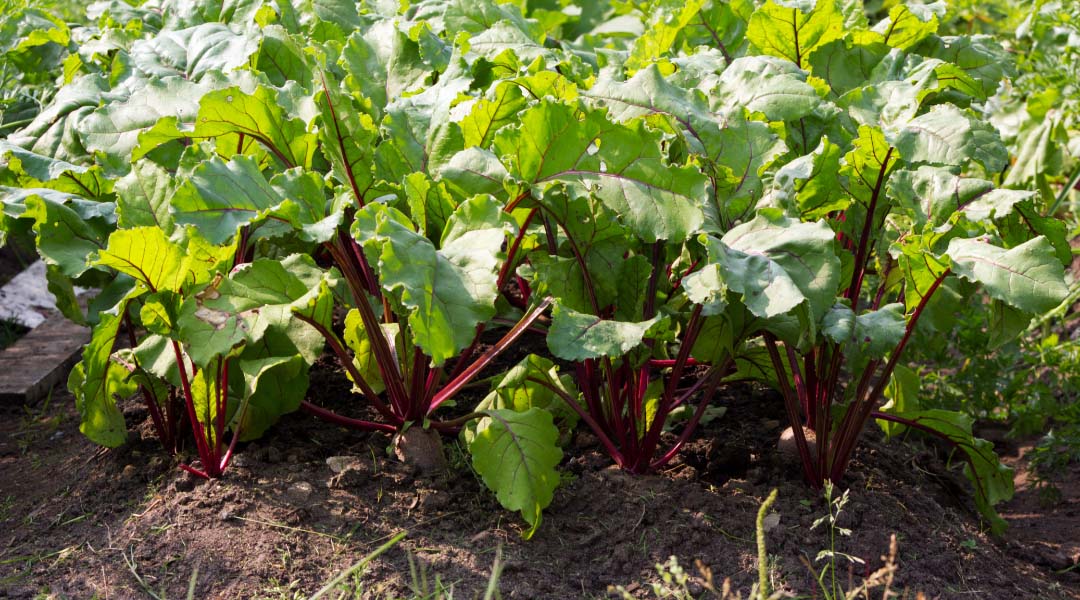A lush, green lawn is the pride of any homeowner, but achieving that perfect carpet of grass requires more than just regular mowing and watering. The foundation of a beautiful lawn lies in choosing the right type of grass. With so many options available, it can be overwhelming to decide which grass will thrive best in your yard. This guide will walk you through the different types of grass, helping you make an informed decision that suits your climate, soil type, and lawn usage.
Before diving into the specific types of grass, it’s essential to understand the key factors that should influence your decision. The grass you choose must align with the environment it will grow in and how you intend to use your lawn.
Climate
Climate is the most critical factor when selecting grass for your lawn. Grass species are generally divided into two categories: warm-season grasses and cool-season grasses. Warm-season grasses, like Bermuda and Zoysia, thrive in hot, southern climates, while cool-season grasses, such as Kentucky Bluegrass and Fescue, perform best in cooler, northern regions. Understanding your region’s climate will narrow down your choices significantly.
Soil Type
The type of soil in your yard plays a crucial role in how well your grass will grow. Different grasses have different soil preferences—some thrive in sandy, well-drained soils, while others prefer clay or loamy soils. Testing your soil’s pH and texture can help determine which grass will be most compatible. For example, Centipede grass prefers acidic soils, while Bermuda grass can tolerate a range of soil types.
Lawn Usage
How you plan to use your lawn will also impact your choice of grass. If your lawn will see heavy foot traffic from kids and pets, you’ll need a grass that can withstand wear and tear, such as Bermuda or Ryegrass. Conversely, if your lawn is more for aesthetic purposes with minimal traffic, you might opt for a softer, more ornamental grass like Bentgrass.
Maintenance Requirements
Different grasses have different maintenance needs. Some require frequent mowing, watering, and fertilization, while others are more low-maintenance. For instance, Bermuda grass grows rapidly and needs regular mowing, whereas Centipede grass is a slower grower and requires less upkeep. Assess your willingness and ability to maintain your lawn before choosing a grass type.
Sunlight Exposure
The amount of sunlight your lawn receives will significantly affect grass growth. Some grasses, like Zoysia and Bermuda, thrive in full sun, while others, such as St. Augustine and Fescue, can tolerate partial shade. Understanding the sunlight patterns in your yard will help you select a grass that will flourish.
Warm-Season Grasses
Warm-season grasses are best suited for regions with hot summers and mild winters. They grow most actively during the warm months and go dormant in cooler weather.
Bermuda Grass
Bermuda grass is known for its fine texture, dark green color, and exceptional drought tolerance. It’s a popular choice in southern regions due to its ability to withstand high temperatures and heavy foot traffic.
Best Conditions: Bermuda grass thrives in full sun and warm climates. It’s ideal for lawns that experience a lot of use, such as sports fields or playgrounds.
Maintenance Needs: Bermuda grass requires frequent mowing, especially during peak growing season. It has moderate water needs and is generally pest-resistant, making it a relatively low-maintenance option for those who want a resilient lawn.
Zoysia Grass
Zoysia grass is celebrated for its dense growth and medium to fine texture. It’s highly drought-tolerant and can handle a range of sunlight conditions, making it versatile for various landscapes.
Best Conditions: Zoysia grass grows well in full sun but can also tolerate partial shade. It’s suited for warm climates and areas where low maintenance is preferred.
Maintenance Needs: Zoysia is a slow-growing grass, which means it requires less frequent mowing. Its moderate water needs and slow growth rate make it a good choice for those who want a beautiful lawn without constant upkeep.
St. Augustine Grass
St. Augustine grass is characterized by its coarse texture and blue-green color. It’s one of the more shade-tolerant warm-season grasses, making it a good option for yards with a mix of sun and shade.
Best Conditions: This grass thrives in coastal areas and warm climates, particularly in regions with high humidity. It’s well-suited for lawns with partial shade.
Maintenance Needs: St. Augustine grass requires moderate mowing and has higher water needs compared to other warm-season grasses. It’s moderately resistant to pests, but regular maintenance is necessary to keep it healthy.
Centipede Grass
Centipede grass is a low-maintenance, coarse-textured grass with a light green color. It’s often referred to as the “lazy man’s grass” because of its minimal upkeep requirements.
Best Conditions: Centipede grass is ideal for acidic soils and warm climates. It’s best for low-traffic areas, as it’s not as wear-resistant as other warm-season grasses.
Maintenance Needs: This grass requires minimal mowing and fertilization. Its drought tolerance makes it a good choice for those who want a low-maintenance lawn that still looks good.
Cool-Season Grasses
Cool-season grasses are ideal for regions with cool summers and cold winters. They grow most actively during the spring and fall and can remain green throughout the winter in milder climates.
Kentucky Bluegrass
Kentucky Bluegrass is one of the most popular cool-season grasses, known for its fine texture, deep green color, and excellent cold tolerance. It forms a dense, lush lawn that’s soft underfoot.
Best Conditions: Kentucky Bluegrass thrives in full sun and cool climates. It’s suitable for high-traffic areas, such as front lawns and sports fields.
Maintenance Needs: This grass requires regular mowing and frequent watering to maintain its lush appearance. It’s also heavy on fertilization needs, but the result is a beautiful, thick lawn that’s the envy of the neighborhood.
Fescue Grass
Fescue is a diverse group of grasses that range from fine to coarse textures. It’s highly adaptable and can tolerate a wide range of conditions, making it a versatile choice for many lawns.
Best Conditions: Fescue grows well in both sun and shade, making it a good option for lawns with variable light conditions. It’s particularly well-suited for cool climates.
Maintenance Needs: Fescue is relatively low-maintenance, requiring minimal mowing and moderate watering. It has good disease resistance, making it a reliable choice for low-maintenance lawns.
Ryegrass
Ryegrass is known for its fine texture, bright green color, and fast germination rate. It’s often used for overseeding lawns to maintain green color throughout the winter.
Best Conditions: Ryegrass is ideal for temporary lawns, overseeding, and cool climates. It’s often used in conjunction with other grasses to provide a quick, green cover.
Maintenance Needs: Ryegrass requires regular mowing and moderate watering. It’s highly wear-tolerant, making it a good choice for lawns that see a lot of activity.
Bentgrass
Bentgrass is a fine-textured, soft grass with a light green color. It’s commonly used on golf courses due to its ability to form a dense, smooth surface.
Best Conditions: Bentgrass is best suited for ornamental lawns, golf courses, and other areas where a smooth, manicured look is desired. It thrives in cool climates.
Maintenance Needs: Bentgrass requires frequent mowing and has high water needs. It’s also prone to disease, so it requires vigilant maintenance to keep it healthy.
Blended and Mixed Lawns
Sometimes, the best solution for a lawn is a blend of different grass types. Blended lawns combine the strengths of multiple grasses to create a lawn that’s more resilient and adaptable to varying conditions.
Purpose of Blended Lawns
Blended lawns offer the best of both worlds, combining the qualities of different grasses to create a more versatile and durable lawn. For example, a blend of Kentucky Bluegrass and Fescue can provide the lushness of Bluegrass with the shade tolerance of Fescue.
Common Grass Blends
Cool-Season Blends: A common blend for cool-season lawns includes Kentucky Bluegrass, Fescue, and Ryegrass. This combination ensures a lush, green lawn that can handle a variety of conditions.
Warm-Season Blends: For warm-season lawns, a mix of Bermuda and Zoysia might be used to balance drought tolerance and shade adaptability.
Transitional Blends: In regions that experience both warm and cool seasons, transitional blends that include grasses from both categories can help maintain a green lawn year-round.
Special Considerations
Beyond the basics, there are specific situations where certain grass types may be more appropriate.
Drought-Tolerant Grasses
In areas prone to drought, choosing a drought-tolerant grass is essential. Bermuda, Zoysia, and Fescue are all good options, as they require less water to stay healthy and green. Drought-tolerant grasses are also beneficial in regions with water restrictions, helping you maintain a beautiful lawn while conserving water.
Shade-Tolerant Grasses
If your lawn is shaded by trees or buildings, you’ll need a grass that can thrive without full sun. St. Augustine and Fescue are both known for their shade tolerance, making them good choices for lawns that don’t receive much direct sunlight. Managing a shaded lawn might also involve trimming trees or adjusting your watering schedule to prevent moisture-related issues.
Low-Maintenance Grasses
For those who prefer a lawn that doesn’t require constant attention, low-maintenance grasses like Centipede and Fescue are ideal. These grasses grow slowly, require less frequent mowing, and are generally more resistant to pests and diseases. They’re perfect for busy homeowners who want a beautiful lawn without the hassle.
Conclusion
Choosing the right type of grass for your lawn is a decision that requires careful consideration of your climate, soil, lawn usage, and maintenance preferences. Whether you’re looking for a resilient grass that can handle heavy foot traffic or a low-maintenance option that will stay green with minimal care, there’s a grass type that’s perfect for your needs.
Frequently Asked Questions (FAQs)
How do I know which grass type is best for my region?
The best way to determine the right grass for your region is to consider your climate. Warm-season grasses are best for southern regions, while cool-season grasses are better for northern areas. Consulting with a local garden center or agricultural extension can provide additional guidance.
Can I mix different grass types on my lawn?
Yes, mixing different grass types can create a more resilient lawn that adapts to various conditions within your yard. Blended lawns are common and often recommended for areas with variable sunlight, soil types, and traffic levels.
How do I maintain a warm-season grass lawn during the winter?
Warm-season grasses typically go dormant in the winter. To maintain a green lawn, some homeowners overseed with a cool-season grass like Ryegrass, which will stay green during the cooler months.
What is the best grass type for high-traffic areas?
For high-traffic areas, Bermuda and Ryegrass are excellent choices due to their wear tolerance and quick recovery. These grasses are durable and can withstand heavy use.
How do I improve soil quality for my lawn?
Improving soil quality can be done through regular aeration, adding organic matter like compost, and adjusting pH levels as needed. Testing your soil before planting can help determine the best amendments to add.
In conclusion, the key to a beautiful and healthy lawn lies in choosing the right grass type that matches your specific conditions. With this guide, you’re well-equipped to make an informed decision that will lead to a lawn you can be proud of for years to come.
Related Posts
How to Grow Herbs Indoors
Herbs are a fantastic addition to any kitchen, adding fresh flavors to your meals and a burst of green to your indoor space. Whether you’re an experienced gardener or just getting started, learning how to grow herbs indoors is a rewarding and straightforward process....
When to Cut Back Ornamental Grasses
When to Cut Back Ornamental Grasses: A Complete Guide for Gardeners Ornamental grasses are a stunning addition to any garden, adding texture, movement, and color throughout the year. However, like any other plant, they require regular maintenance to thrive and...

How to Repair Bare Spots in Your Lawn | Lawn Care Tips
Importance of a Healthy Lawn A lush, green lawn is more than just a beautiful backdrop for your home; it’s a sign of a well-maintained property and a source of pride for many homeowners. A healthy lawn enhances your home’s curb appeal, provides a safe play area for...

How to Grow Radish Plant | Vegetable Gardening
Growing radishes at home is not just a rewarding experience but also a great way to enjoy fresh, crispy, and nutritious vegetables straight from your garden. Radishes are one of the easiest vegetables to grow, making them an ideal choice for beginners. Whether you...
How to Grow Herbs Indoors
Herbs are a fantastic addition to any kitchen, adding fresh flavors to your meals and a burst of green to your indoor space. Whether you’re an experienced gardener or just getting started, learning how to grow herbs indoors is a rewarding and straightforward process....
When to Cut Back Ornamental Grasses
When to Cut Back Ornamental Grasses: A Complete Guide for Gardeners Ornamental grasses are a stunning addition to any garden, adding texture, movement, and color throughout the year. However, like any other plant, they require regular maintenance to thrive and...

How to Repair Bare Spots in Your Lawn | Lawn Care Tips
Importance of a Healthy Lawn A lush, green lawn is more than just a beautiful backdrop for your home; it’s a sign of a well-maintained property and a source of pride for many homeowners. A healthy lawn enhances your home’s curb appeal, provides a safe play area for...

How to Grow Radish Plant | Vegetable Gardening
Growing radishes at home is not just a rewarding experience but also a great way to enjoy fresh, crispy, and nutritious vegetables straight from your garden. Radishes are one of the easiest vegetables to grow, making them an ideal choice for beginners. Whether you...

0 Comments